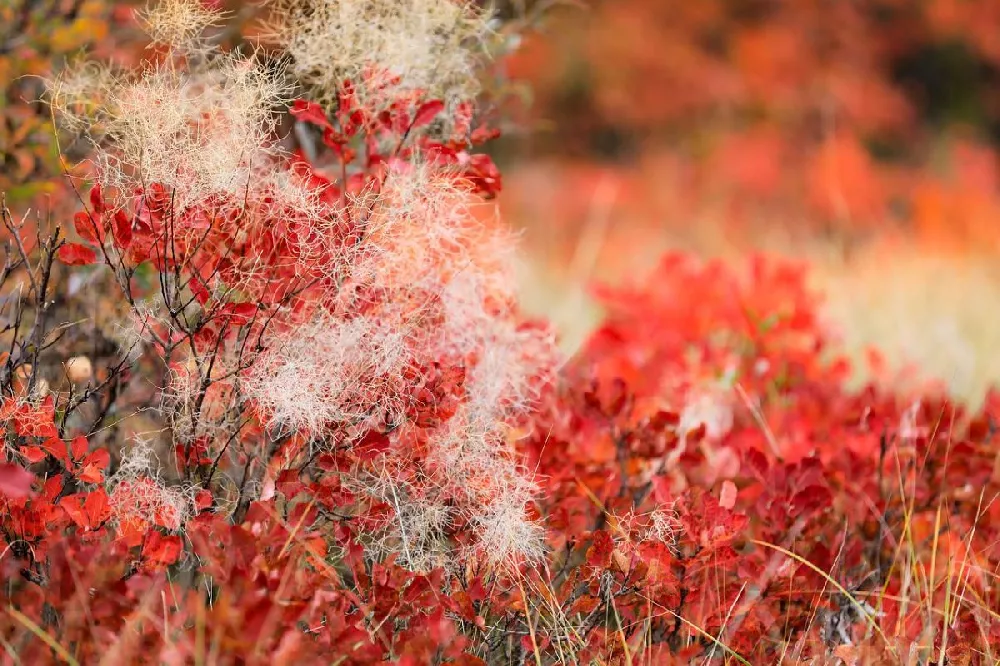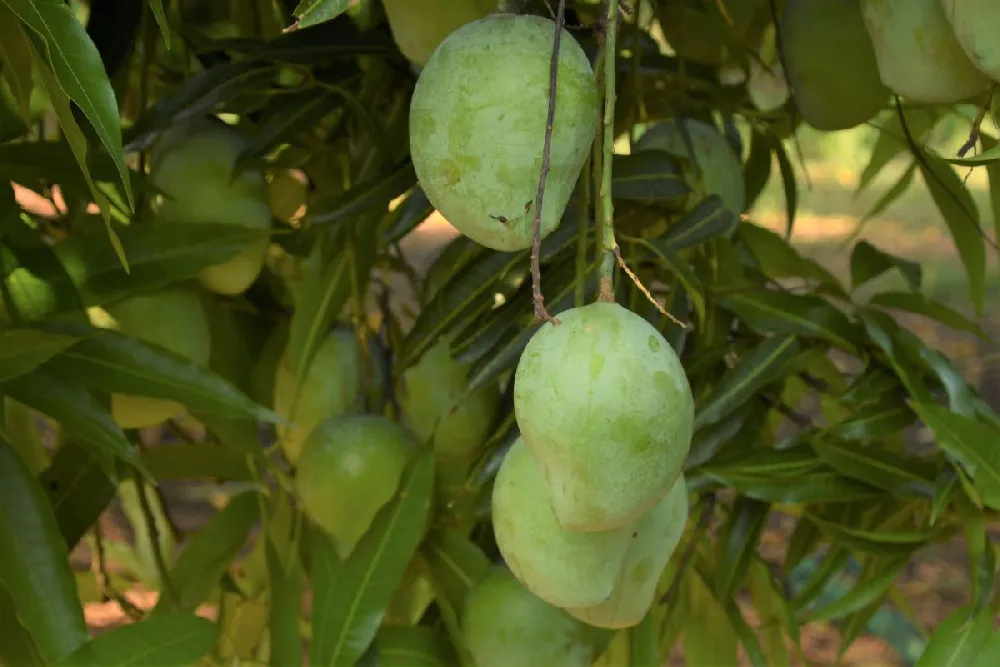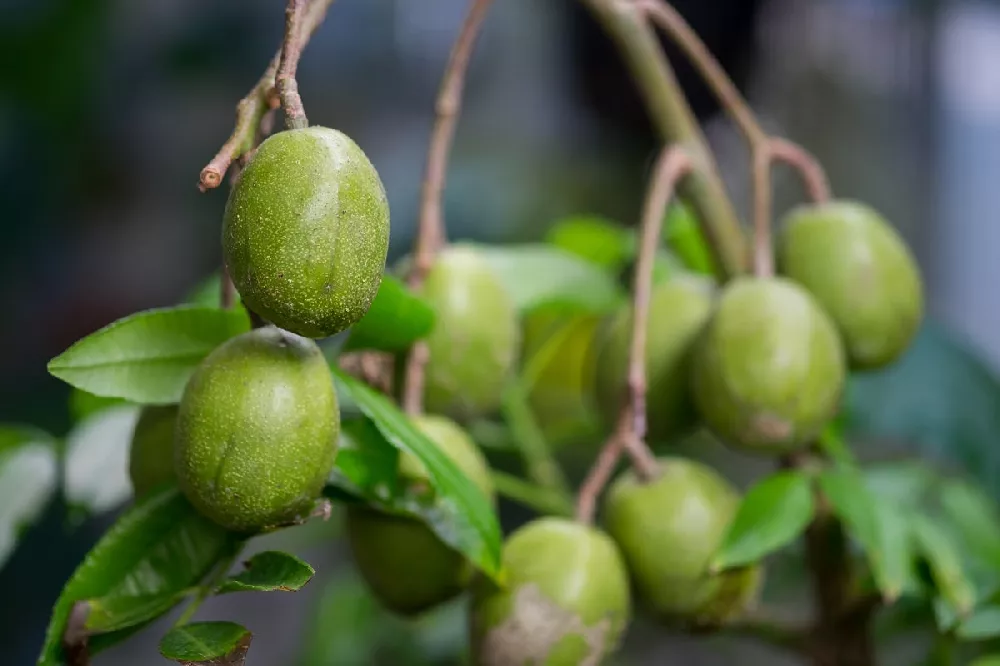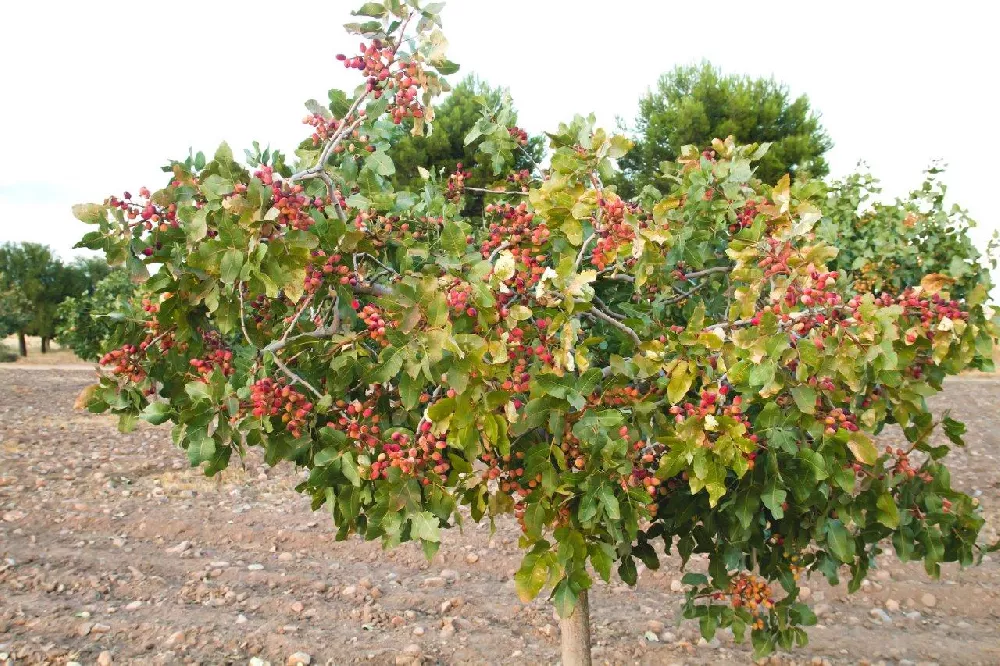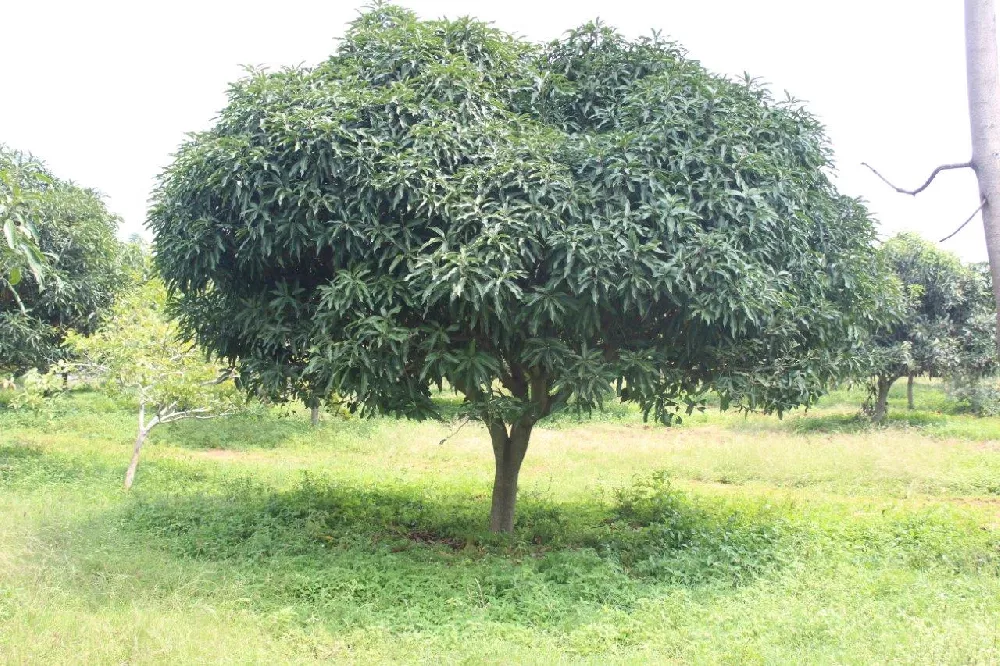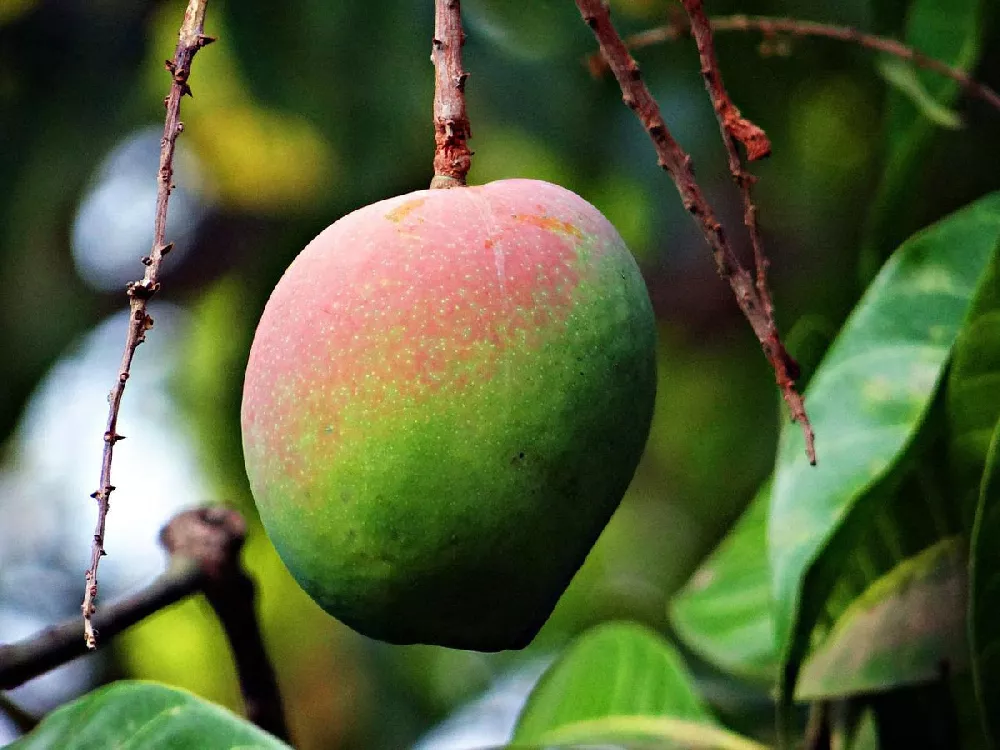- Home >
- Ornamental Trees >
- Royal Purple Smoke Tree
Royal Purple Smoke Tree for Sale - Buying & Growing Guide
- Ships in 1-2 days
- 1-Year Warranty Eligible
- Pots or accessories are not included unless specified in the product options.
Shipping Details:
Once your order is shipped, you’ll receive an email with a tracking number and estimated delivery date. Most orders ship immediately, but some items are seasonal and may only ship in spring or fall. These products are noted on the website.
The leaves of the Royal Purple smoke tree, Cotinus coggygria 'Royal Purple,' are already fully purple when they emerge in spring. As the season progresses, that color only deepens to a darker purple before turning reddish-purple in fall. However, the leaves of this plant are not the only valuable ornamental feature it holds. The large, smoke-like inflorescences of this plant cover the plant with a hazy purple texture and are the inspiration for this plant's common name. Overall, the Royal Purple smoke tree is a compact species with plenty of colors to offer almost all year.
- It holds some of the deepest and most consistent purple leaves of any plant.
- It boasts prominent purple inflorescences.
- The Royal Purple smoke tree has a compact size and shape.
Plant Care
Sunlight

Full sunlight settings are best for this plant's growth.
Watering
The Royal Purple smoke tree has decent drought tolerance when mature. Water about once per week or less.
Fertilizing

Overall, fertilization needs are low. Organic amendments or balanced fertilizers are the best options.
Planting and Care
Planting instructions
The ideal setting in which to plant the Royal Purple smoke tree is one that has full sun exposure — about six hours per day — and loamy, well-draining soil. Despite that being the ideal, this plant can also live fairly well in partial shade settings and in a wide range of soil types, including alkaline, acidic, and sandy or rocky soils. Typically, smoke trees are hardy to zone 4. However, the Royal Purple smoke tree often performs better in slightly warmer growing locations, such as zone 5 or warmer.
Watering and nutrients
As you might expect of a plant that adapts well to sandy soils, the Royal Purple smoke tree also shows admirable drought tolerance. In fact, once this tree has established itself, it may survive for long periods without supplemental watering. However, for the best results, you should water this plant about once per week or once every other week. The fertilization needs for the Royal Purple smoke tree are also low. Typically, you won’t need to feed this plant more than once per year with a general-purpose fertilizer or an organic soil amendment.
Pollination
Although it is easiest to notice the large hairy panicles that inspire the smoke tree name, the true flowers of this plant are much smaller, and they are more functional than ornamental. Those flowers produce an ample amount of pollen each year, and they rely on insects, including bees, to transport the pollen from one flower to another. However, in order for pollination to be a success, there must be more than one smoke tree in the area, as this species is not one that can self-pollinate.
Pruning
The Royal Purple smoke tree is a plant that can grow as a large multi-stemmed shrub or with a more tree-like form, depending on how you choose to prune it. Your pruning can also contribute to the overall health of this plant if you remove dead, damaged, and diseased branches. However, the Royal Purple smoke tree generally does not need a lot of pruning to remain healthy. As such, you can perform light pruning jobs each year in early spring or late winter.
Pests, diseases, and animals
While the Royal Purple smoke tree is sure to impress you with its remarkable colors and visual traits, it will likely please you by displaying a strong resistance to pests and diseases as well. Compared to many other ornamental shrubs, the Royal Purple smoke tree typically does not run into many disease issues. Occasionally, mild issues such as rust, leaf spots, and scale can harm your Royal Purple smoke tree, but generally, these risks are low.
Achieving maximum results
The Royal Purple smoke tree is an excellent plant to use in hedges or in any large shrub massings. Simultaneously, the impressive colors of this plant’s leaves and flowers allow it to work well as a striking garden focal point too. If you ever find that your Royal Purple smoke tree has become overgrown, you should know that it can respond quite well to rejuvenation pruning. To do this, cut your Royal Purple smoke tree to within 10 inches of the ground during late winter.
FAQs
Is the Royal Purple smoke tree a fast-growing plant?
Does the Royal Purple smoke tree lose its leaves?
The Royal Purple smoke tree is a deciduous species, meaning that you can expect it to lose its leaves every fall. While this makes for a bare plant during the winter, the fall foliage display of a Royal Purple smoke tree can be impressive. In fall, the leaves of this cultivar turn from purple to reddish-purple. The leaves of a standard smoke tree can be even more impressive as they turn yellow and red.
What creates the smoky look of a smoke tree?
Many people assume that the flowers of a smoke tree are what give it its smoky look. However, this is only true in a general sense. The true functional parts of a smoke tree's flowers are somewhat small and often go unnoticed. It is the hair-bearing panicles attached to these flowers that catch your eye and give this plant its unique texture.
Compare Similar Products
You can't add more Product Name - Product size to the cart.
OK